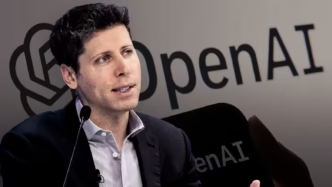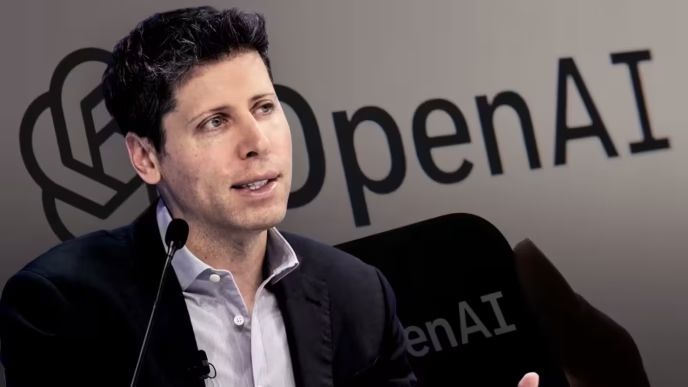The recent FTC AI blog removal has raised fresh questions about transparency, data governance, and the future of federal oversight in artificial intelligence policy. According to a Wired report, the Federal Trade Commission quietly deleted three key blog posts from the Lina Khan era that discussed open-source AI and the risks AI systems pose to consumers.
The first deleted post, “On Open-Weights Foundation Models,” appeared in July 2024 and explored how open-source AI models could balance innovation with safety. The second, “Consumers Are Voicing Concerns About AI,” came out in October 2023, reflecting growing public anxiety over privacy and data misuse. The third, published January 3, 2025, was titled “AI and the Risk of Consumer Harm.” That entry highlighted how AI could enable commercial surveillance, deepfake-driven fraud, and discriminatory algorithms. Together, these pieces formed part of Khan’s broader consumer-protection stance toward emerging AI systems.
When asked for an explanation, the FTC declined to comment. The removals follow a pattern: in March, Wired also reported that roughly 300 FTC blog posts and materials were taken offline, many touching on AI regulation, consumer protection, and major tech-company lawsuits.
Even with these deletions, hundreds of posts from both Khan’s tenure and earlier administrations remain on the agency’s Office of Technology Blog. However, under new Chair Andrew Ferguson, the FTC has yet to publish any new blog content, even as the AI sector accelerates through mergers, acquisitions, and aggressive talent poaching that raise antitrust red flags.
The FTC AI blog removal appears to fit within a broader political shift. After the 2025 inauguration, the Trump administration replaced several FTC commissioners and appointed Ferguson as chair, steering the agency away from Khan’s activist antitrust strategy. In September, Ferguson submitted proposals aimed at cutting or revising anticompetitive regulations across federal departments, signaling a move toward deregulation and industry-led growth.
Observers see these deletions as a symbolic break from the prior leadership’s stance on consumer risk. Under Khan, the FTC frequently warned of AI’s potential to amplify bias, spread misinformation, and violate privacy through data-hungry business models. By contrast, the new leadership’s tone aligns more closely with the Trump White House’s AI Action Plan, which prioritizes rapid innovation and global competitiveness over extensive guardrails.
That plan positions open-source AI as central to national competitiveness, particularly against China’s growing tech influence. Yet critics note that deleting content addressing potential consumer harm contradicts the administration’s own public commitment to “trustworthy AI.” Former FTC public-affairs director Douglas Farrar expressed surprise at the move, saying he “was shocked to see the Ferguson-led FTC appear so out of line with the Trump White House on this signal to the market.”
Policy watchers warn that such actions could undermine legal and ethical standards for record-keeping. Under the Federal Records Act, federal agencies must preserve documentation that captures government activity. Likewise, the Open Government Data Act mandates that agencies publish data as “open by default.” Deleting or restricting access to historical content, particularly material outlining regulatory reasoning, could breach those statutes or at least erode public accountability.
The FTC’s decision follows a precedent set years earlier. During the first Trump administration, multiple agencies removed or modified vast amounts of public information. The Centers for Disease Control and Prevention eliminated datasets on chronic conditions, HIV/AIDS, and environmental health. The Department of Justice withdrew studies on hate crimes. Even the National Oceanic and Atmospheric Administration took down the congressionally mandated National Climate Assessment reports.
Critics argue that these removals collectively diminish the public’s ability to evaluate policy outcomes. They say such actions obscure how government agencies interpret evolving technologies and limit opportunities for civic oversight. Transparency advocates stress that digital records, particularly those documenting AI policy, form a crucial historical archive for understanding how regulators adapt to technological change.
Khan’s original blog series had served that purpose well. Her administration positioned the FTC as one of Washington’s most aggressive enforcers of fair competition and consumer rights in the tech sector. She often warned that unregulated AI deployment could repeat the social harms of social-media platforms, only at machine scale. Removing her team’s posts, many argue, weakens institutional memory at a time when the AI industry is transforming faster than regulators can respond.
Meanwhile, the White House’s own tone toward AI safety has softened. The administration’s AI Action Plan calls for less emphasis on ethics frameworks and more on “speed to market.” Proponents argue that scaling open-source AI is essential to maintaining U.S. leadership in the global tech race. Opponents counter that this approach sidelines consumer protection and transparency, the very issues those FTC posts addressed.
The FTC AI blog removal also raises procedural questions. If the removed posts qualify as official government communications, they may fall under federal record-retention obligations. Deleting them without formal archival procedures could invite scrutiny from watchdog organizations and congressional oversight committees. Legal experts note that the National Archives may need to intervene if the records are deemed historically significant.
For now, Ferguson’s FTC appears focused on recalibrating its mission. The agency has emphasized efficiency, streamlined enforcement, and coordination with other departments on cross-border competition issues. But silence on AI governance stands out at a time when every major tech company, from Google to OpenAI, is releasing new frontier models. With few public statements, the agency risks losing its voice in shaping the ethical boundaries of this rapidly advancing technology.
The deletions might seem minor, a few vanished web pages, but they echo a larger struggle over how the United States governs artificial intelligence. Transparency, once central to digital-age democracy, may now be treated as optional. As public agencies retreat from open communication, private industry steps in to define what “responsible AI” means, often on its own terms.
In that light, the FTC AI blog removal becomes more than an administrative choice. It’s a symbol of the shifting power balance between regulators and the corporations they oversee—a reminder that the story of AI regulation in America is as much about who controls the narrative as it is about who writes the code.













